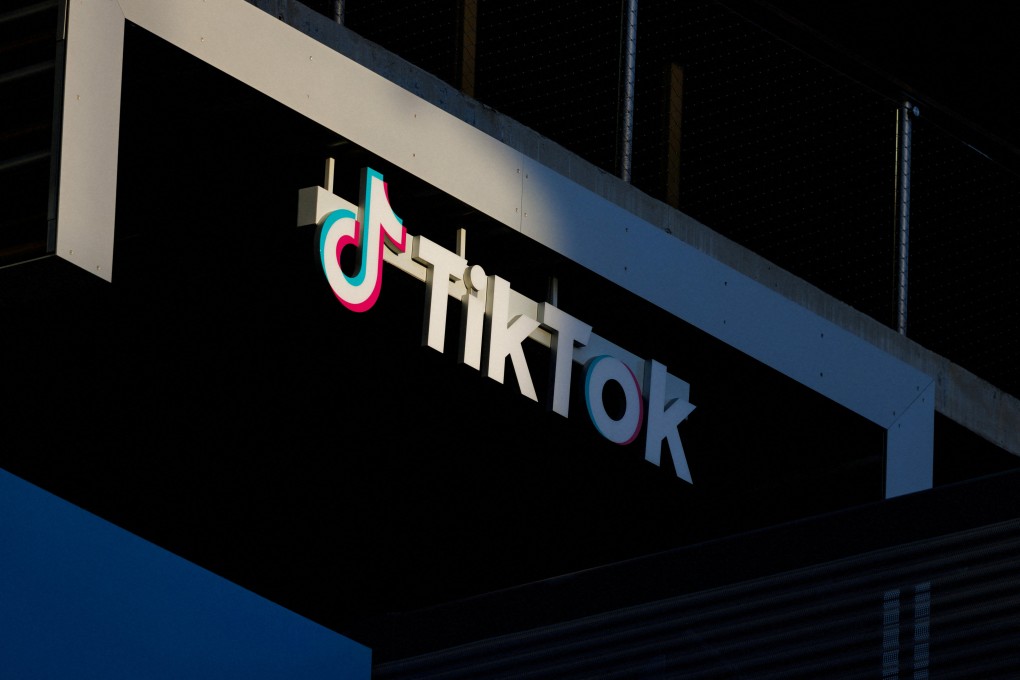
The dream of a modern-day seaport planner is to be handed a greenfield site for which she can design a state-of-the-art container-handling terminal from the ground up. But that’s rarely the case at major port facilities today. It's definitely not an option at the , the nation’s .
The port long ago ran out of room to design and build new terminals from scratch. Today, it’s a matter of constantly introducing new ideas and technologies that can boost productivity within the operation’s finite borders. Even then, the port must take into account certain constituencies who have a much greater voice in development matters than in years past.
Chief among them are the local residential and business communities that are directly affected by the traffic, noise, lights and emissions from port activity. And in a broader sense, there’s a raft of ever-tougher rules on environmental compliance, issued by local, state, national and even international regulators, to contend with. The information required to keep current with those requirements has exploded.
“In the 1990s, our environmental documents might have only been a handful of pages — 100 max,” says Dina Aryan-Zahlan, deputy executive director of development at the Port of Los Angeles. “[Today}, our documents regarding testing, evaluation and analysis can be three feet tall.” Community outreach has also taken on greater importance.
In the age of social media and the internet, the port is listening to the concerns of both commercial tenants and local residents, Aryan-Zahlan says. Also in the mix is the requirement to provide public access to portions of the waterfront. The port sets aside 10% of its operating income for that purpose, she says.
With the focus today on terminal redevelopment, the port must work closely with tenants to provide the right infrastructure for utilization, modernization and optimization of its properties. “As an engineer, I don’t like to do rework,” Aryan-Zahlan says. Yet the huge expense and complexity of terminal development demands that planners account, not just for current needs, but for those that are likely to arise well into the future.
At the Port of Los Angeles, such long-term plans include striving to meet zero-emission goals through electrification of cranes and vehicles, as well as preparing for the adoption of alternative fuels — even though it isn’t clear which types will prevail in the years ahead. It’s not a question of betting it all on the ultimate winner. “I’m a big believer in the word ‘and,’” Aryan-Zahlan says.
“I don’t think you should put all your eggs in one basket.” In the past, the port has acquired new land for container terminal development largely in two ways: by converting older bulk and breakbulk facilities to handle containers, and building up new acreage through landfill. (The latter method is how much of the existing Pier 400 was created, using materials dredged from the port’s main shipping channels.
) Neither is a viable option today, Aryan-Zahlan says, although construction of a new Pier 500 on existing submerged landfill remains a possibility at some point. Key characteristics of an efficient container terminal have changed markedly over the years. With acreage at a premium, Los Angeles and other major U.
S. ports have had to adopt the practice of European and Asian gateways of stacking containers in the yard, instead of placing them immediately on chassis. That space-saving technique required a complete rethinking of the way terminals are laid out, as well as the equipment needed to move boxes around within them.
In addition, Los Angeles is incorporating low-impact development (LID) drainage into new terminal designs to cope with rising sea levels, and has installed electrical connections at the docks so that ships’ auxiliary engines can draw on shore power instead of burning dirty diesel fuel during their time in port. Los Angeles was the first to embrace alternative maritime power (AMP), also known as cold ironing, having installed the first connections at its berths more than 20 years ago, Aryan-Zahlan says. Today, AMP is standard practice at many major ports in the U.
S. and elsewhere, and is fast becoming a regulatory mandate. The push continues to make container terminals more productive.
Aryan-Zahlan remains a strong advocate of on-dock rail transfer yards, which sidestep the need to truck containers to offsite rail facilities, clogging up local streets and freeways. Efforts continue to segregate containerized traffic from community cars and trucks, with a underway to reconfigure a major interchange that provides access to marine terminals and services. Further automation is in the cards, especially for the adoption of greener cargo-handling equipment.
The port is working with the Department of Water and Power on a to expand electrical capacity at all of its container terminals. Aryan-Zahlan says the electrification initiative ranks as her “number-one focus,” with completion targeted for 2029. Aryan-Zahlan views the Port of Los Angeles as part of a global cohort of ports, carriers and other transportation interests, working to adapt new technologies that will allow them to meet future demand while also addressing critical environmental requirements.
“There’s a long way to go,” she says. “You don’t just turn on a switch and it happens.” RELATED CONTENT RELATED VIDEOS Related Articles.














